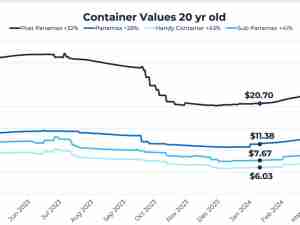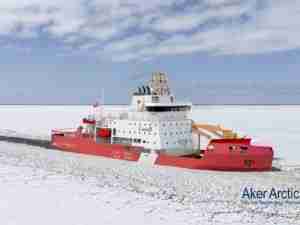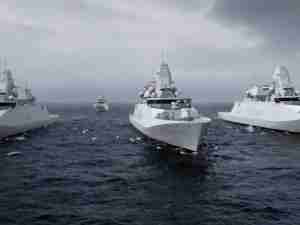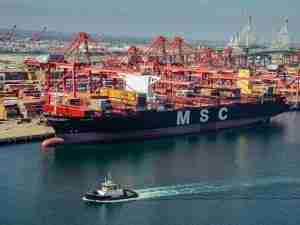The NC State Ports Authority's Charlotte Intermodal Terminal on Hovis Street was the nation's first inland port when it opened in January 1984. It offered shippers "one-stop service," with the Ports Authority providing container loading, unloading and storage, and transportation to and from the Port of Wilmington on dedicated, weekly unit trains operated by the Ports' partner, Seaboard Systems Railroad.
"We continue to own inland terminals in Charlotte and Greensboro, but the business model of a rail-supported inland port wasn't sustainable in the late 1980's," said Tom Eagar, CEO of the NC State Ports Authority. "Now, though, with a much larger share of commerce involving international trade and the volume of ocean container traffic growing exponentially, that model is getting another try."
The train service operated for less than 10 years, stopping when Ports Authority management determined that the benefit and usage level didn't support the expense. The current Charlotte Inland Terminal on Exchange Street offers the same advantages to shippers in the western part of the state, except that transportation is provided on trucks through a "Sprint Service" arranged by the CIT staff.
"The idea was a good one all those years ago," Mr. Eagar said, "but the volume of international trade at that time was a fraction of today's, and the advantage offered by the inland port concept didn't take hold, probably because the expense of transportation to other ports was much less."
Today, though, container terminals on the West Coast are near capacity. On the East Coast, container traffic is expected to double by 2015, and even with some increases, capacity remains at a premium.
"The best way to increase the efficiency of a container terminal is to move the containers off the port quickly," Mr. Eagar said. An inland terminal offers that possibility. Another key difference is the emergence of the large distribution-center business model, which barely existed in 1984 and is now the norm for retailers and other industries."
Distribution centers are also the focus of much of the port growth that has taken place in the South Atlantic and Gulf regions in recent years. A QVC distribution center in Rocky Mount, a Lowe's distribution center in Northampton County, and others with cargo arriving regularly at the Port of Wilmington have contributed to the 17% compounded annual growth rate in container traffic over the past five years.
"Major companies now prefer to build a handful of huge facilities to service the entire country, and they must have excellent port service available," said Jimmy Yokeley, director of distribution services in the Ports Authority's Business and Economic Development department. "We're working with economic developers across the entire state to market the Ports' services to companies thinking about moving here, or expanding in North Carolina."
He explained that eastern North Carolina still offers excellent opportunities for distribution centers, which typically include a million or more square feet and require several hundred acres of land. At the same time, companies may have other reasons to locate farther west, while still requiring port services.
"We're working on some major possibilities in the Southeast right now," he said, "but the potential offered by an inland location connected directly to the Ports makes sure that we can continue to create jobs in North Carolina on into the future."
Mr. Eagar added that the Ports Authority supports and intends to participate in an inland-port study recently announced by Advantage West, the economic-development leader in the mountain area of North Carolina.
"The Ports' mission is to support economic










